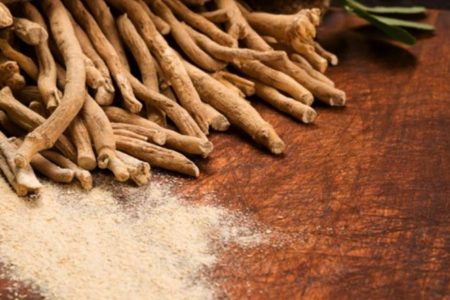Greek Goddess of love and beauty. First believed to have been worshipped in Greece and the islands of Cyprus and Cythera.
At Cnidus in Caria she had three temples, one of which contained her renowned statue by Praxiteles.
Some ancient places of her worship include, Mount Ida in Troas, as well as the island of Cos, the towns of Abydos, Athens, Thespiae, Megara, Sparta, Sicyon, Corinth, and Eryx in Sicily.
The sacrifices offered to her consisted mostly of incense and garlands of flowers. (Although some animal sacrifices have been used in some places).
The worship of Aphrodite is thought to be of eastern origin, probably introduced from Syria to the islands of Cyprus, Cythera, and others. From here it spread all over Greece. It is said to have been brought into Syria from Assyria. Regarding this the introduction into Greece must be assigned to the very earliest periods.
Aphrodite appears to have been identical with Astarte, called by the Hebrews Ashtoreth, her connection with Adonis also seems to point to Syria.
With the exception of Corinth, where the worship of Aphrodite had eminently an Asiatic character, the whole worship of the Goddess and all the ideas concerning her nature and character are definitely entirely Greek.
The Roman goddess Venus was identified with the Greek Aphrodite.
The planet Venus and the month of April were likewise sacred to her.
Aphrodite is usually depicted as a beautiful woman, long flowing hair and sometimes standing on a shell. We find that in classical sculpture and fresco she was usually depicted nude.
In some mythology Aphrodite was said to have been born of the ocean by the foam of the sea that gathered around the God Uranus mutilated parts of reproduction, cut off by the God Kronus.
In another mythology. It is said that the Goddess is the daughter of the God Zeus.
In cosmogonic views, Aphrodite is the powers of nature, and the mother of all living beings.
In the contest of Typhon with the Gods, Aphrodite metamorphosed herself into a fish, which was considered to possess the greatest of generative powers.
Also known as the Goddess of pleasure and procreation. According to the Greeks in their poetical descriptions, Aphrodite was the goddess of love, who excited this passion in the hearts of Gods and men.
Regards to this power she was said to rule over all of living creation.
There is much written in mythology regards to Aphrodite, to name a few are:
During the Trojan war for example when Aphrodite mother of Aeneas, was declared the most beautiful of all the Goddesses. Needless to say the other Goddesses didn’t take this too well.
Aphrodite often enjoyed kindling in the hearts of the Gods and had a love for mortals. A day came when Zeus decided to make her pay for her actions by inspiring her to fall in love with the mortal man, Anchises. By this love, she became the mother of Aeneas and Lyrus.
Aphrodite possessed a magic girdle which had the power to inspire love and desire for those who wore it.
This girdle was borrowed by Hera when she wished for the love of Zeus.
And not to forget Aphrodites roll in the tragic story of Eros and Phsyc.
Many Gods enjoyed Aphrodites charms, to name a few, Ares, Dionysus, Hermes, and Poseidon.
Attributes of Aphrodite include doves, myrtle, the rose, apple, poppy, scallop shell, mirrors, swans, swallows, sparrows, and a bird called iynx.
Rose quartz crystal, rose and jasmine essential oils, as well as sea salt and sea shells can all be used in spell craft when working with Aphrodite.
I could write much more, maybe a book in the making.
There are many spells and magical workings that can be assisted greatly by invoking Aphrodite, to which is another post for another day.
Lots of love always xxx










